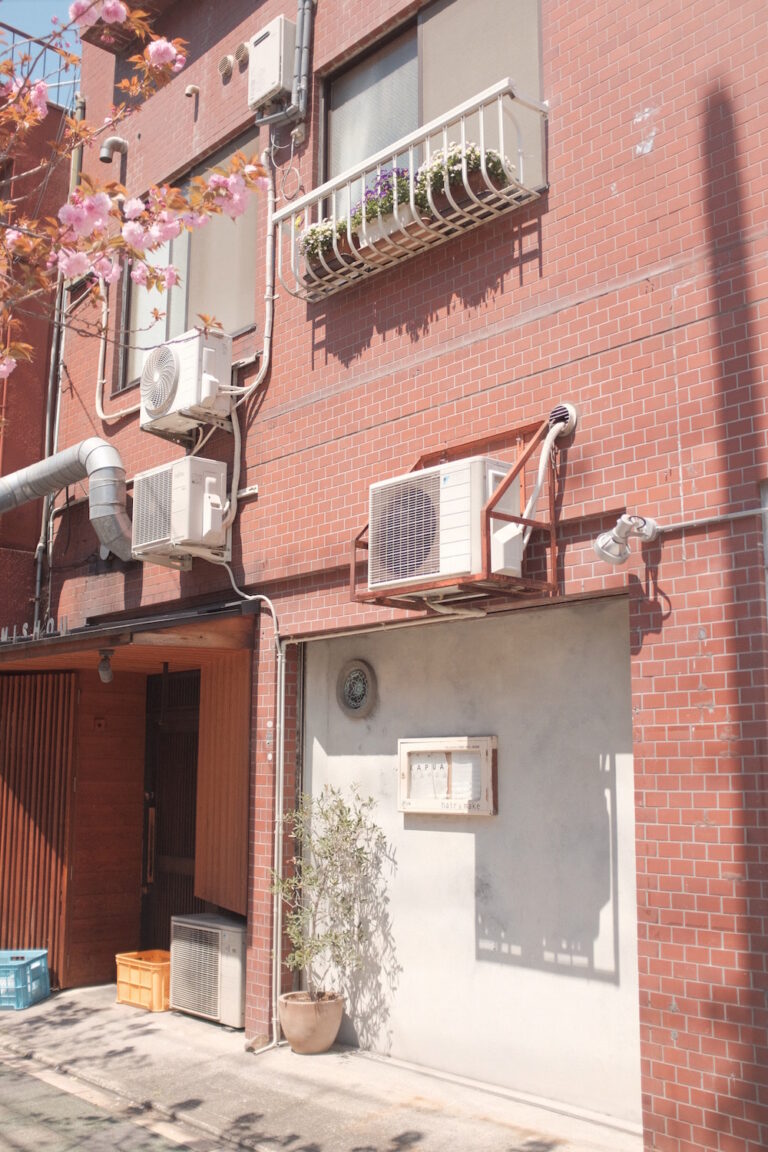How to Spot a Termite Infestation
There’s always a high likelihood that termites are working towards the integrity of your house without your knowledge. These pesky little creatures are not to be ignored. The slightest sign of termite infestation should be dealt with immediately. But how do you tell whether your home is infested by termites? Well, this can be quite a tough challenge, especially considering the fact that they may be burrowed deep inside the wood that makes up your structure.
Before termites wreak havoc on the things you love, it’s best you take control as soon as possible and show them who the boss is. But without the early warning signs of termite infestation, this may seem like an impossible task. To help you out, below are various ways on how to spot a termite infestation.
Determine whether you’re In A Termite Hot Zone
Termites are a homeowner’s worst nightmare. Each year, termites cause damages that are worth billions of dollars, not forgetting the cost of controlling and eradicating them. Before you become a part of the statistics, it’s time to take charge. The first thing you’ll want to do is determine whether you’re living in a termite hot zone. Dan Edwards, an empathetic pest hunter at Pest Seek says that most states in the US are termite hot zones and that the most common termite locations will include underground, in wooden structures, fallen timber, and decayed trees. But then again, this will also be dependent on the type of termite, seeing that there are several. The following are some types of termites with their respective habitats:
- Dampwood termites – These termites, as the name suggests, live in Damp and wet wood. However, this doesn’t mean that they are confined to living in damp wood. They can still extend their habitats to drier wood.
- Drywood termites – Unlike Dampwood termites, dry wood termites prefer to live in dry wood and do not need moisture for survival.
- Subterranean termites/ Formosan termites – These termites, unlike the aforementioned species, do not live in wooden structures. Instead, they choose to live underground.
 Mud Tubes or Mud Pathways on Wood
Mud Tubes or Mud Pathways on Wood
Whenever you see pencil-sized mud tubes that will later dry forming their travel routes from one point to another, then it’s evident that you have a termite infestation. Termite mud tubes help termites to turn any environment into their livable spaces. These tubes help them to live in cooler and temperate environments while they burrow deeper into your wood. These small tunnels also help protect the termites from their enemies.
Clicking and Tiny Bangs inside Wood
Whenever a termite colony is disturbed, soldier termites will bang their heads against wood as a warning signal to the other termites and also, as their defense mechanism. On the quietest of days during your normal chores at home, these sounds will be more defined and audible.
Damaged and Hollow Wood
If you recently erected a wooden structure but did not take the necessary precautions to treat the wood and now notice that the wood is damaged and hollow in some parts, then you have a termite infestation. A single termite will not be a threat to your wooden structures. Unfortunately, termites live in colonies of over a million termites. This is an alarming number that should send chills down your spine. Whether you’re dealing with damp wood or dry wood termites, they’ll both start eating wood from the inside out. This will cause the wood to have a hollow core, a clear indication of termite presence.
Frass
Another tell-tale sign of termite infestation is termite droppings inside your home. This they’ll do as they burrow and create tunnels in wooden furniture, walls, or ceiling. This is why a home inspection is highly recommended, especially in areas where no one frequents most such as the attic.
Protecting Your Home against Termites
As mentioned earlier, a home inspection is a crucial procedure that should be done on a regular basis and routinely. This will help in identifying the early warning signs of termite infestation. But there are also other things you can do to protect your home from termite infestation. They include:
- Ensure that your drainage systems are working properly to prevent moisture overbuilding
- Trim overgrown tree branches and get rid of dead trees and branches from your property
- Have your home inspected and treated regularly by a certified pest control expert
There you have it! You have no reason whatsoever to miss any termite citing within your home. Spotting termites early will help prevent further damage to your property. It’s important that you contact a pest control expert immediately if any of the above signs are spotted around your home.









